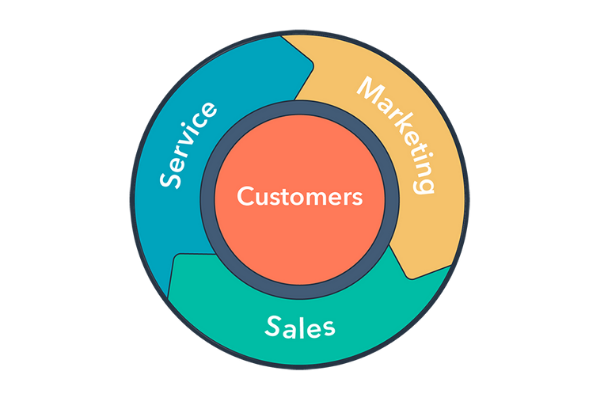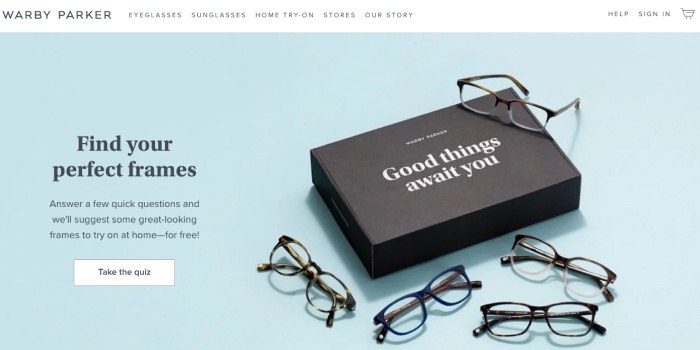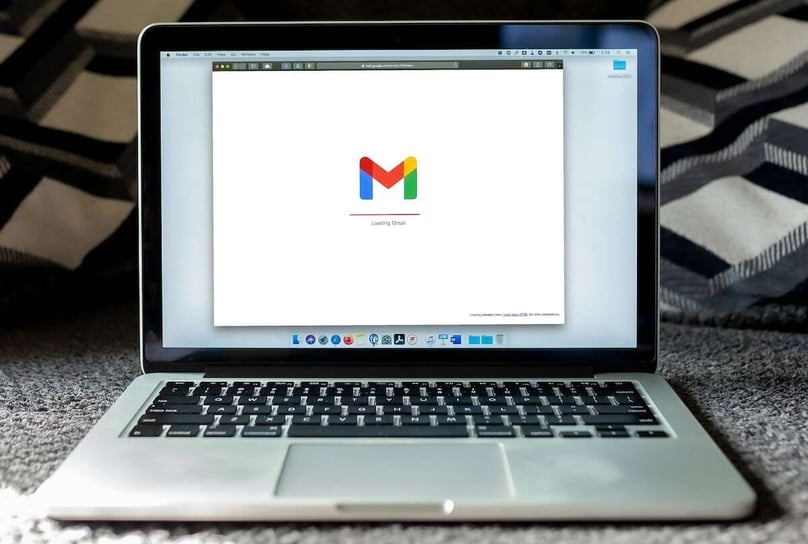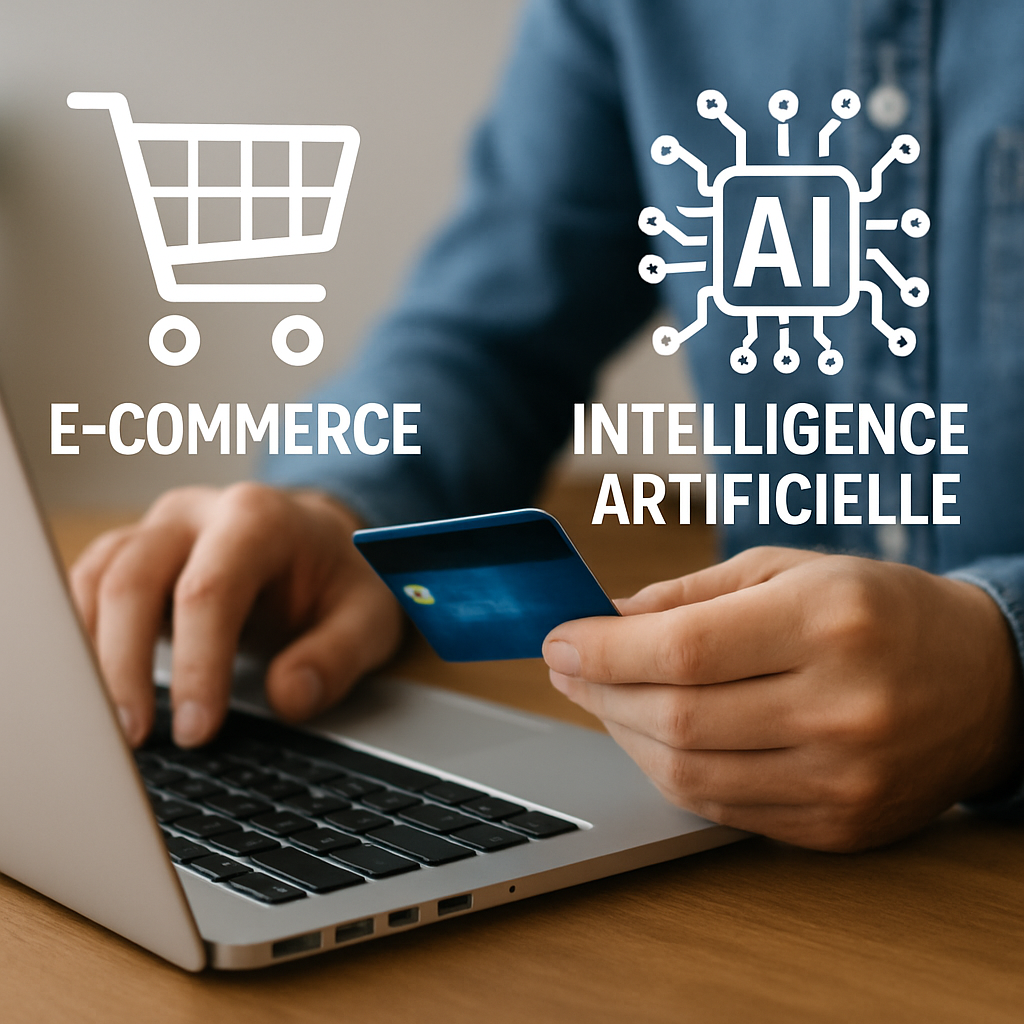As part of the INBOUND 2019 event, I had the chance to attend, with a few of my colleagues, a talk by Brian Halligan, president and co-founder of HubSpot about these companies that are game-changers and are dominating their market.
Giants like Google and Apple have been a game-changer for businesses today, but these are technology disruptors. Halligan noted with his team that a new “species” of disruptors has appeared in the economy in recent years: experienced disruptors.
These new disruptors of the customer experience are part of our daily life: Netflix, Spotify, Shopify, AWS, Airbnb, Slack, etc. Here are the 5 "genetic adaptations" identified by the big boss of HubSpot that allow them to dominate their markets and surpass other incumbent companies.
1.Adapt Experiences to the Market
While traditional businesses work to match products and markets, experience disruptors work to create a customer experience that suits their market. They naturally attach a certain importance to the concordance between the product and the market, and this seems to them necessary, but insufficient to obtain the innovation which they seek.
Halligan gives the example of Carvana, a company that has revolutionized the way to buy and rather sell cars. They take care of all the paperwork for the customer, offer a delivery service where and when the customer chooses, in addition to a free return policy if the vehicle is not suitable for the buyer.
They've taken the tedious and unpleasant process of buying a car, automated it, institutionalized it, and made it fantastic. The first point in common that these new disruptors have are good products, and an even better customer experience.
2.Eliminate Friction
The traditional sales funnel is no longer suited to the buying process and today's consumers. This model values marketing and sales channels but neglects, most importantly, the customer.
The flywheel model, an icon of Inbound Marketing, is a spinning wheel. The faster it runs, the faster the business grows and the more we seek to eliminate the friction that slows it down. This is the current challenge for companies. Customer experience disruptors are very adept at removing friction from their flywheels so that they run better and faster, whereas more traditional companies have more difficulty with this principle.

For example, Atlassian, a B2B collaboration software company like JIRA, Confluence, and Trello, is a champion in eliminating friction. The company's philosophy is that B2B software is made to be bought, not sold. That's why they focus less on lead generation than on generating active users. This is another point in common to experienced disruptors; they are B2B companies, but their marketing departments do B2C.
3.Use Personalization in Marketing
Unlike traditional businesses that tend to provide a relatively anonymous experience for consumers, experienced disruptors build highly personalized experiences for customers.
Brian Halligan notes that the founders and managers of experienced disruptive companies do not speak as technicians, but rather as if they work in the hotel industry. It makes a huge difference in mentality and attitude. Their companies, rather than simple technical/technological companies, are rather ultra-modern hotel companies.
To personalize each user's experience, Reed Hastings, founder of Netflix, says he avoids working with personas. His vision is to replace personas with segments of one. The more a person uses their product, the more it becomes personalized. Disruptors like Netflix are using data to be much more prescriptive in terms of personalization.
Warning: you can personalize too much.

Have you ever had a conversation about a particular topic and then received, almost immediately, advertisements for products or services that have the exact same topic? Did you feel like buying or were you rather slightly scared? Be careful, it is possible to over-customize.
4.SELL Through your Customers
Traditional successful businesses excel at selling to their customers. Disruptors, on the other hand, outdo themselves by selling, thanks to their customers.
The founder of the Glossier company is a good example of selling “through” her customers. After establishing a successful blog where she posted excellent beauty advice content, she launched her own beauty products and encouraged her clients to talk about them. Hundreds of thousands of pieces of content now exist about her products, and they were created by her customers.
The same can be seen with Warby Parker. The founder decided to revisit the buying process for glasses, which he found overwhelming. Rather than taking a friend with them to the store when picking out a frame, customers order a selection online, receive it for free in the mail, then post photos of themselves wearing the glasses on Instagram to solicit feedback from their community before making the purchase. Positive customer experience, easy publicity for Warby Parker.

5.Explode Business Models
Customer experience disruptors are rethinking the terms and conditions of traditional business models to make them much more customer-friendly. By changing the basic premises of widely used models, they stand out very effectively and in the majority of cases dominate their industry.
For example, the company from which the boss of HubSpot buys accessories for his dog stands out thanks to a very specific return policy. They do not take back a garment of the wrong size; they send a copy of the correct size free of charge and ask the buyer to donate their original purchase to a suitable animal. The customer is thus encouraged to buy more since he has confidence in the company's policy, and the person who received the original item is more likely to become a customer of the company as well.
Experience disruption leaders don't waste their time and money extracting value from their customers. They put all of their energy into thinking about ways to add value to their customers.
In the light of Brian Halligan's conference, to revolutionize the experience of your customers and become leaders in your field, 5 changes must be made:
- Tailor the experience to the market rather than the product
- Eliminate friction
- Personalize
- Sell through your customers
- Explode business models
If some of these elements seem difficult to implement, several of them can quite simply be associated with the Inbound methodology, which consists first and foremost in creating as much value as possible for the customer in order to activate the flywheel and to grow in a healthy way.




.png?width=309&name=Untitled%20(504%20x%20309%20px).png)

